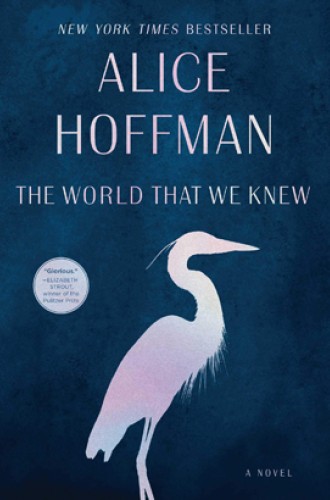The line between human and nonhuman
Alice Hoffman’s Holocaust novel collapses the boundaries between reality and fantasy.
The word golem appears only once in the Bible. After praising God for knitting us together in our mothers’ wombs, the Psalmist proclaims: “Your eyes saw my golem; all the days ordained for me were written in your book before one of them came to be” (139:16). The significance of the word—which means something like “unanimated corpus” or “unshaped form”—took on a rich life in Jewish imagination, especially in medieval Europe during times of persecution. Formed out of clay and inscribed with certain Hebrew words, the golem was a person-like creature, fully alive but not fully human. It was a servant and a protector, fiercely obedient to the person who had created it. Its power, if uncontrolled, could be dangerous. At the heart of the golem’s identity was a set of tensions—between spirit and matter, between protection and danger, between life and death.
These same tensions animate Alice Hoffman’s novel, which takes the legend of the golem as its starting point. Hoffman, who describes herself as an “escapist writer” who’s interested in “fairy tales, myths, and folktales,” is best known for writing about witches. Her best seller Practical Magic was made into a Hollywood film. But she’s also written historical fiction infused with Jewish myth and culture. The World That We Knew weaves all of these interests into a luscious, heartbreaking story about a group of teenagers attempting to escape the Nazis in wartime France and the golem who’s been created to protect one of them.
It’s a harrowing tale. A Jewish doctor is murdered by a gang of thugs on the first page. The next paragraph begins: “In Berlin evil came to them slowly and then all at once. The rules changed by the hour, the punishments grew worse, and the angel in the black coat wrote down so many names in his Book of Death there was no room for the newly departed.” A few pages later, there’s an attempted rape and another violent death. By this point readers have been plunged into the depths of arbitrary arrests, lies, and mass deportations to death camps.





